Содержание
- 2. “To plan, foster and encourage scientific research in recognition of its paramount importance as related to
- 3. Experimental Ship Programs
- 4. ONR Programs – Small Fast Ships and Craft Delivering a complete vessel (from large to small):
- 5. How did we get here? Customer Pull: Recent Navy interest in small, fast ships Seabasing Concepts
- 6. Navy vs. Commercial - What’s the same? What’s different? - High Speed XX X Good Seakeeping
- 7. Navy Investment Leading to a Commercial Sale Lockheed Martin Awarded Contract Worth More Than $25 Million
- 8. NAVY 3,000 tons 50 kts ARMY 10,000 tons 70 kts High Speed Craft Technical Issues Overarching
- 9. Displacement Monohulls Displacement Multihulls SWATH & Variants Planning Hulls SES Hovercraft Hydrofoils Lifting Body & Hybrids
- 10. Purpose - Support future concept development of Littoral Combat Ship by: Concept development for 50 kt
- 11. Launch/Recovery/RORO Ramp Mission Modules X-Y Crane Elevator X-Craft
- 12. X-Craft Stern Ramp Waterjet Firescout Stern View
- 13. Purpose: Large scale technology demonstration for lifting body hull forms and advanced ride control systems. Possible
- 14. Purpose: Demonstration platform for evaluating the commercial and military potential for high speed lifting bodies combined
- 15. Purpose: Explore hybrid lifting body and other ship hull form technologies in the smaller displacements needed
- 16. CCD0TT Purpose: Characterize the hydrodynamic performance, structural loading, and other related features of various advanced monohulls,
- 17. Purpose: Investigate and validate technology to support development of a high speed cargo craft Science &
- 18. Purpose: Demonstrate the capability of a new hull form technology to enable logistic support directly to
- 19. CCD0TT CCD0TT Agile Port and High Speed Ship Technologies Center for the Commercial Development of Transportation
- 20. Purpose: Understand and demonstrate purpose-built Unmanned Surface Vehicles, with a focus on HM&E technologies, Optimize speed,
- 21. Propulsion
- 22. USS Jupiter- 1913 Early example of Electric Drive
- 23. Enable Transformational Weapons Systems Electromagnetic Guns Shipboard Laser Systems Advanced Sensors Improve Survivability Rapid and anticipatory
- 24. Small Combatant Large Amphib Large Combatant Electric Warship Propulsion Ship Service Weapons & Sensors (portion of
- 25. Ship Service Fuel Cell Programs 625kW Molten Carbonate Ship Service Power Fuel Cell System using Diesel
- 26. High Temperature Superconducting AC Synchronous Motor
- 27. Advanced Electric Ship Demonstrator (AESD) Rolls Royce - AWJ21 Craft Configuration Hydroacoustically Quiet Hull Form Design
- 28. What’s Next?
- 29. Sea Basing! MPF(F) Advance Base High Speed Connector (HSC) High Speed Connector (HSC) Improved Shore (Pier,
- 31. Скачать презентацию

















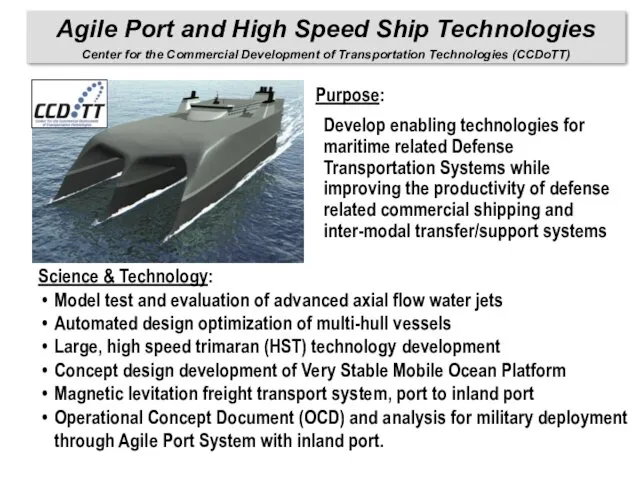

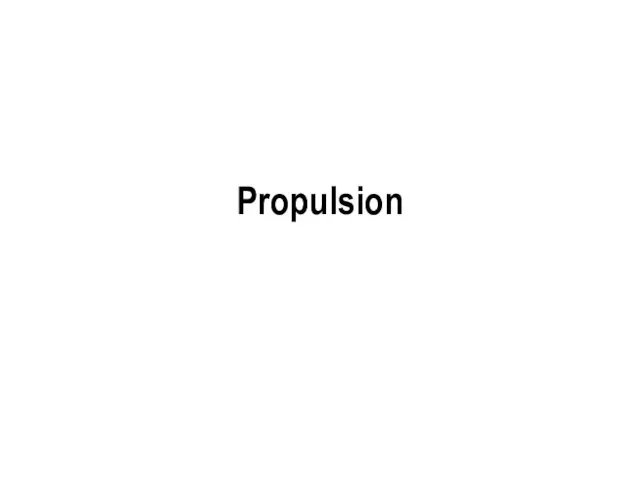
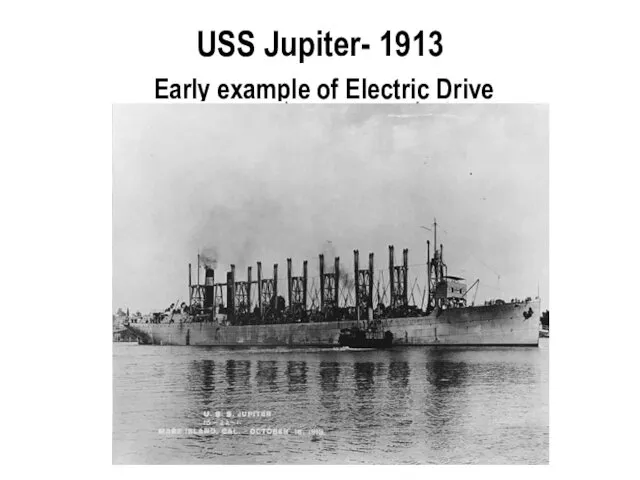

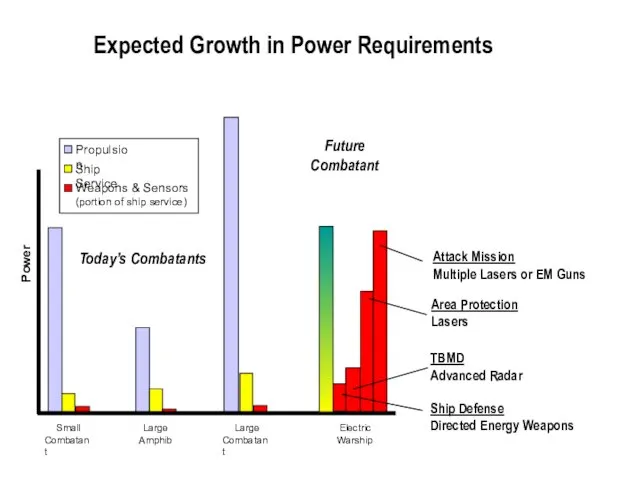
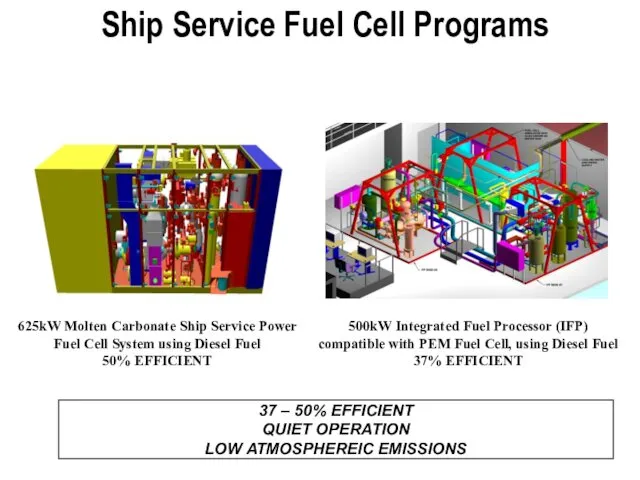
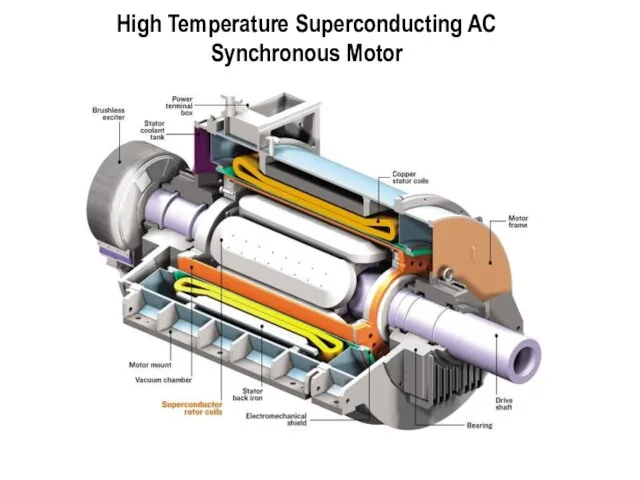
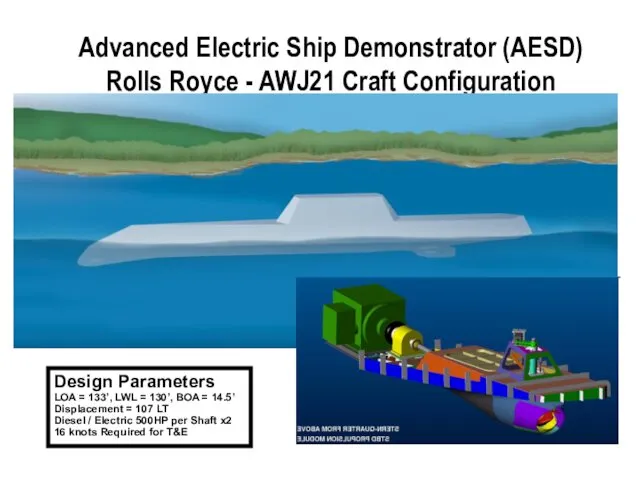

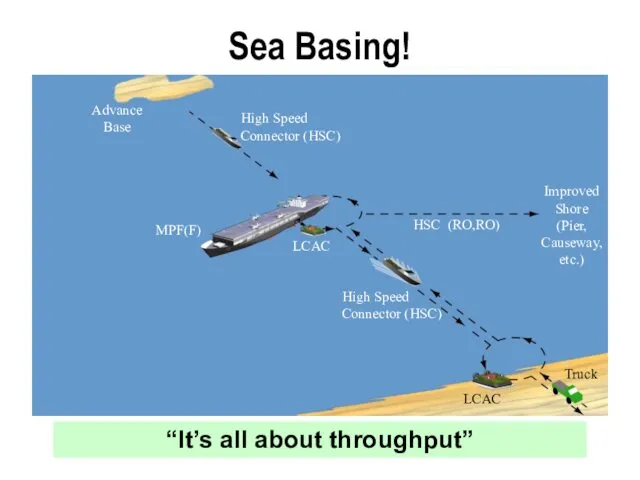
 Презентация Портфолио воспитанника ДОУ
Презентация Портфолио воспитанника ДОУ Конституційне право України
Конституційне право України Презентация к уроку окружающий мир 3 класс на тему Разнообразие животных
Презентация к уроку окружающий мир 3 класс на тему Разнообразие животных Настольные игры
Настольные игры Псевдоперитонеальды синдром
Псевдоперитонеальды синдром Вина-специалитеты
Вина-специалитеты Protection of animals - activity aimed at improving the content and treatment of animals, to prevent cruelty to animals
Protection of animals - activity aimed at improving the content and treatment of animals, to prevent cruelty to animals Арабское лекарствоведение
Арабское лекарствоведение Актуальные проблемы дисциплин экономики труда и управления персоналом организации: обзор тематики за 2015-2017 годы
Актуальные проблемы дисциплин экономики труда и управления персоналом организации: обзор тематики за 2015-2017 годы Начало реформации в Европе
Начало реформации в Европе Joinery work on the roof
Joinery work on the roof Решение квадратных уравнений различного вида разными способами
Решение квадратных уравнений различного вида разными способами Отношение российского общества к употреблению феминитивов в речи и естественному изменению языка
Отношение российского общества к употреблению феминитивов в речи и естественному изменению языка Урок географии в 7 классе по теме Страны Северной Европы
Урок географии в 7 классе по теме Страны Северной Европы international trade of canada
international trade of canada Пассажирские перевозки на железнодорожном транспорте
Пассажирские перевозки на железнодорожном транспорте Презентация Порядок заполнения электронами уровней и подуровней Диск
Презентация Порядок заполнения электронами уровней и подуровней Диск Использование ИКТ на уроках в коррекционной школе VIII вида
Использование ИКТ на уроках в коррекционной школе VIII вида Экосистемы и человеческие экосистемы. Их сходства и различия
Экосистемы и человеческие экосистемы. Их сходства и различия Развитие и коррекция познавательной деятельности детей через дидактические игры.
Развитие и коррекция познавательной деятельности детей через дидактические игры. Использование игровых методов при принятии решений в условиях риска и неопределенности понятие об игровых методах. Тема 8
Использование игровых методов при принятии решений в условиях риска и неопределенности понятие об игровых методах. Тема 8 Час Земли
Час Земли Семиотика урологических заболеваений
Семиотика урологических заболеваений Герои Афганской войны (25 декабря 1979 – 15 февраля 1989)
Герои Афганской войны (25 декабря 1979 – 15 февраля 1989) Новые виды низкоинтенсивной физиотерапии
Новые виды низкоинтенсивной физиотерапии Introduction into botany. Structure of plant cell. Plant tissues and their classification
Introduction into botany. Structure of plant cell. Plant tissues and their classification Параметры и характеристики приемных устройств
Параметры и характеристики приемных устройств Виды киноискусства. Документальное кино
Виды киноискусства. Документальное кино